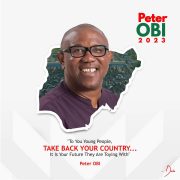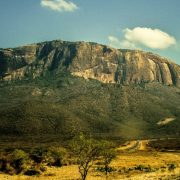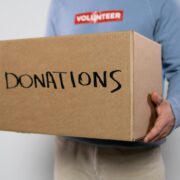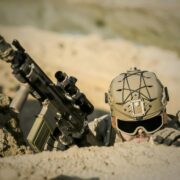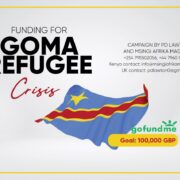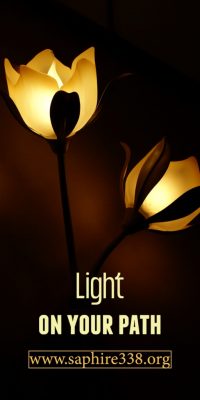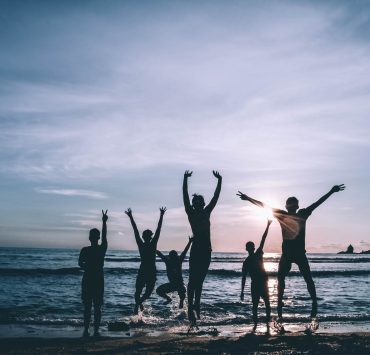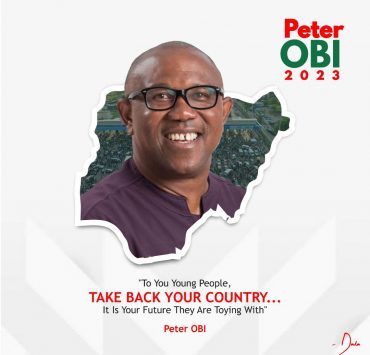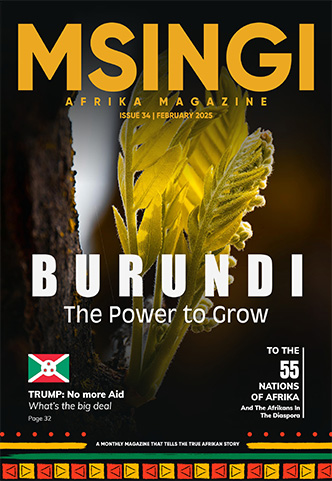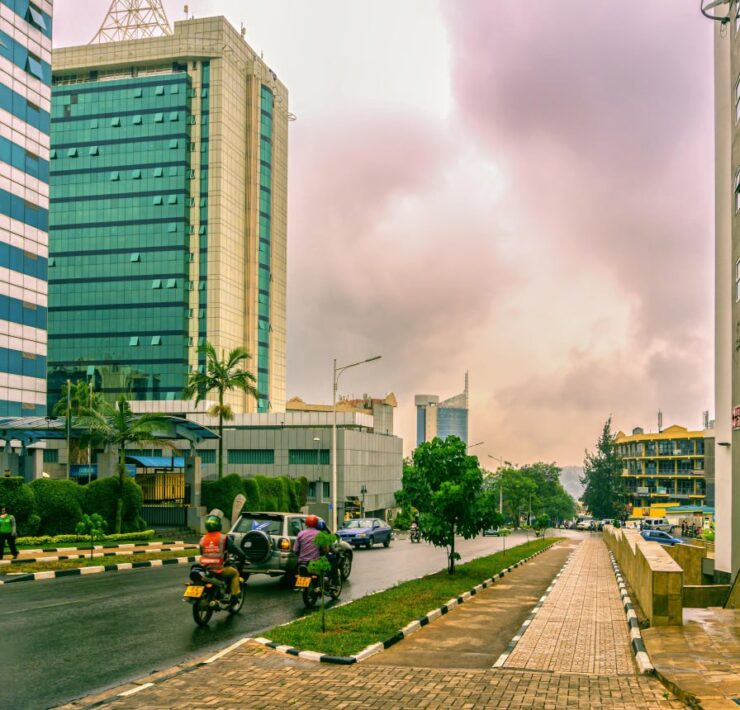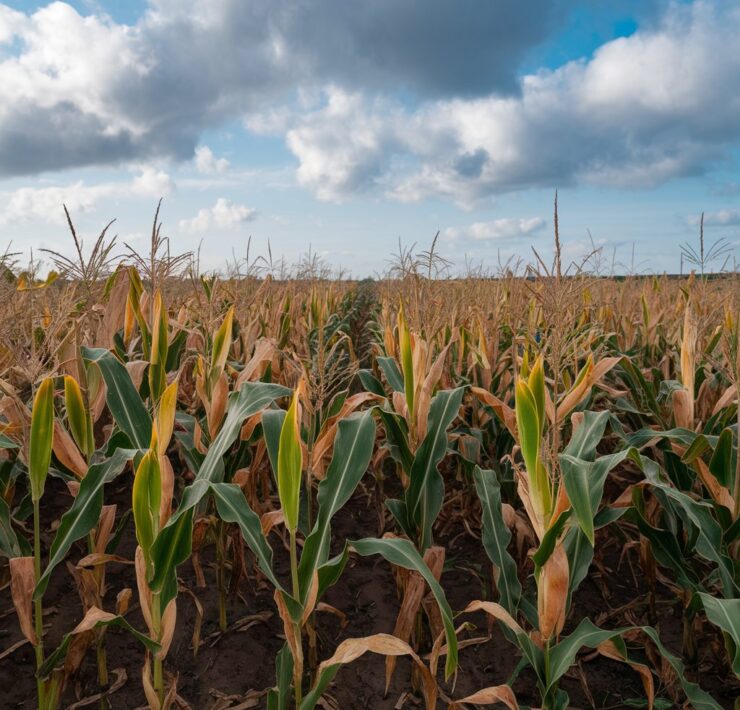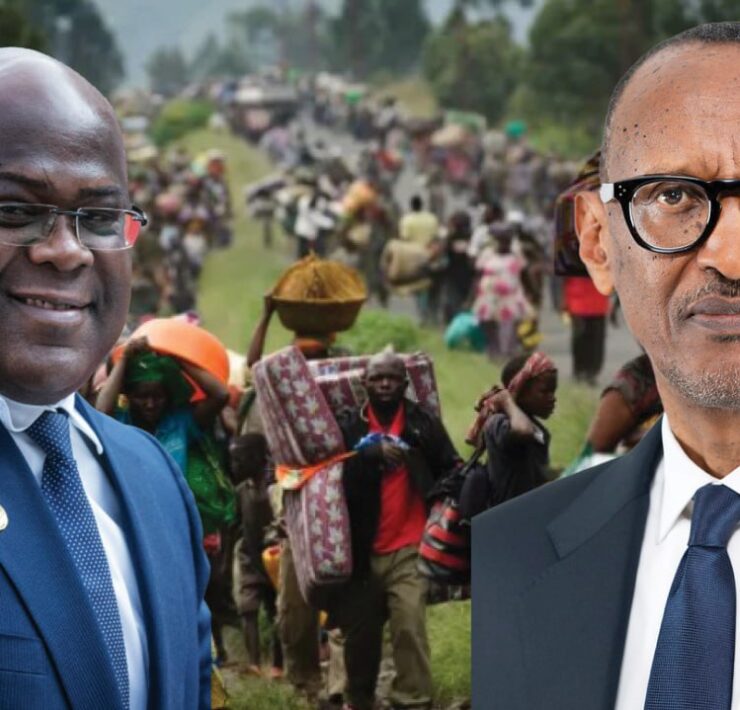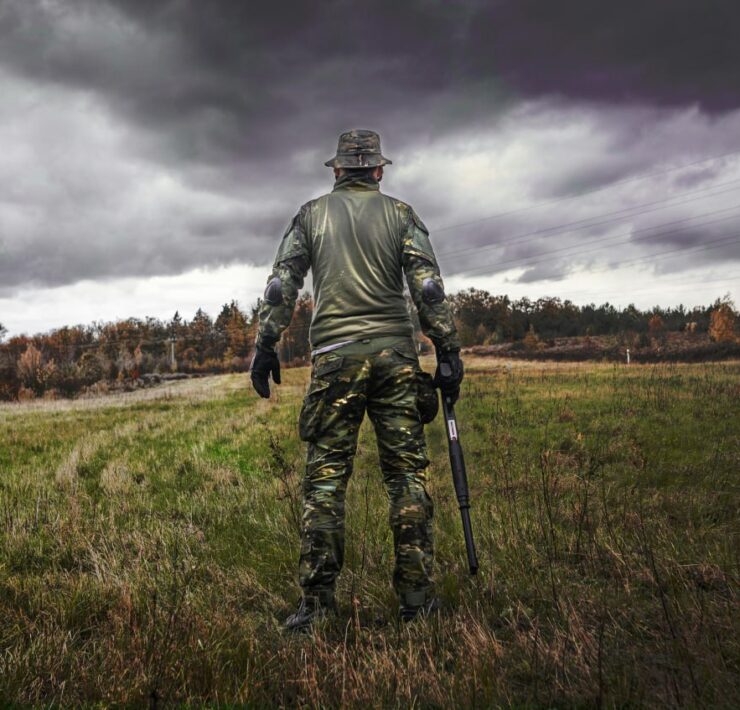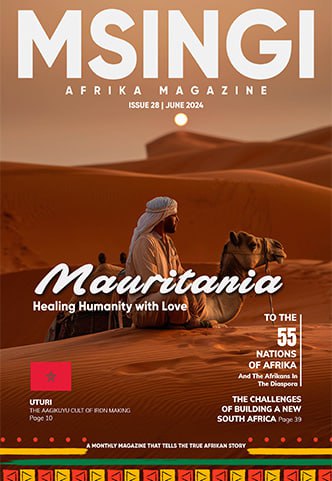
Samuel Phillips is a writer, graphic designer, photographer, songwriter, singer…
The Overflow of Goodness
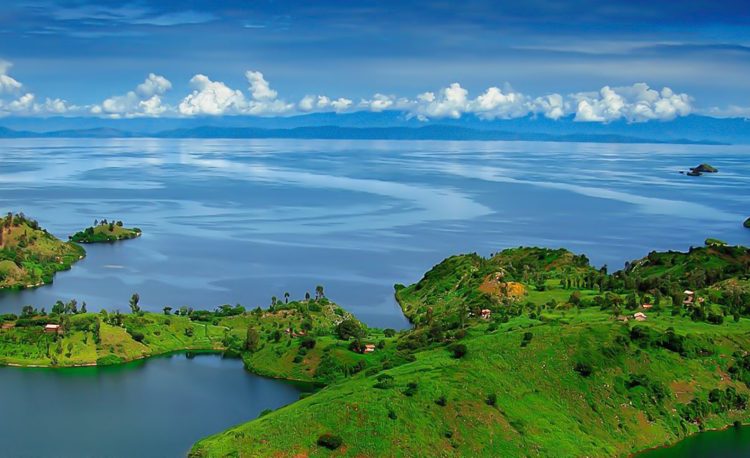 PIN IT
PIN ITOn the particular day that I wrote this article, we had had a rare power blackout that lasted for some hours. Our laptops had exhausted their batteries and we were just kind of grounded, we could not do much work. My wife was even asking me what the day was really meant for as it seemed it was not for work. We always try to know and understand what each day is supposed to be used for, so we were curious to know. Feeling kind of bored and still wanting to know what was missing about the day, a bit towards late afternoon, I went to the roof of the house to just catch some fresh air. I go there literally every day to do my workout, catch a small view of the ocean from the distance and also to pray or have conversations. So, as I sat there just taking in the fresh breeze from the ocean, suddenly I noticed a word engraved on a small water tank which says “overflow”. All the time I have been going to that rooftop, I had not noticed that word engraved on that tank. In fact, each time I go there for my workout, I always place my phone on top of that very tank, but I had never seen the word, until that day.
As I saw it, I instantly knew it was a word for the DRC. And that’s because for a few days, I knew I was to write about the DRC, but had not yet been given the word to write about her. As I thought about what just happened with the word on the tank and the fact that was connected to the DRC, then came the following words about the DRC: “all that has been bottled up and all that has been gathered like a dam will now break loose and pour out in an overflow of God’s goodness. DRC is the land of vastness and plenty but locked up by the powers of darkness. That must now change, for God is determined to make it change.” You can’t imagine how it felt to finally know what the day was about and to know it was about the DRC. We’ve always loved the DRC. By the way, immediately the words about the DRC came and I understood it as so, my wife called me and told me that power was back. You can’t make this stuff up, you know?
I went back to the house to tell her what happened and it made sense to her. Almost immediately, she went on Facebook and the first notification she got was a memory she had shared last year about the eruption that happened in the Kivu region of DRC. It was exactly a year and one day before that it had happened. How do you even begin to make these things up yourself? It’s just not possible. And knowing that eruption is actually a real picture of what happens when liquid magma has been locked in the earth crust for too long and the pressure from within must break free, it makes more sense that the word speaks of the breaking loose of all that has been bottled up and all that has been gathered like a dam. So must it now be for the DRC.
What really is goodness? Goodness is not what can be defined outside of the very character and personality of God. The goodness of God is what makes Him eternal and the dimension of Him from where all blessings, prosperity, beauty, and all good things come from. It is the dimension of God that makes Him a Father whose heart and purpose for man is to bring him into a good and perfect place. The DRC is blessed with lots of the things that can be considered the fruits of the goodness of God, but her blessing has been locked up like the water of a dam. The DRC has gone through a whole lot of setbacks as both a nation and as Afrikans, but the time for a liberation has come and God will have His way with her.
Quick facts about the DRC
- The Democratic Republic of the Congo also known as DR Congo, DRC, DROC, Congo-Kinshasa or simply the Congo is a country located in Central Africa.
- The official name of the country is the Democratic Republic of the Congo.
- The official language is French.
- It is bordered by the Central African Republic and South Sudan to the north; Uganda, Rwanda, Burundi and Tanzania to the east; Zambia and Angola to the south; the Republic of the Congo to the west and the Atlantic Ocean to the southwest.
- With an area of 2,345,409 square kilometers (905,567 square miles), the Democratic Republic of the Congo is the eleventh-largest country in the world, and the second largest in Africa (after Algeria).
- As of 1 January 2017, the population of Democratic Republic of the Congo was estimated to be 80,961,908 people. It is the fourth most-populated nation in Africa and the eighteenth most populated country in the world.
- Kinshasa is the capital and the largest city of the Democratic Republic of the Congo. It is on the Congo River. It faces Brazzaville, the capital of the neighboring Republic of the Congo, which can be seen in the distance across the wide Congo River, making them the two closest capital cities on Earth after Rome and the Vatican City.
- The terrain of the country consists of vast central plateau covered by tropical rainforest, surrounded by mountains in the west, plains and savanna in the south/southwest, and grasslands in the north. The high mountains of the Ruwenzori Range on the eastern borders.
- The country has a tiny coast on the Atlantic Ocean (37 km / 23 mi), just enough to accommodate the mouth of the Congo River.
- Mount Stanley is a mountain located in the Rwenzori range. With an elevation of 5,109 m (16,763 ft), it is the highest mountain of both the Democratic Republic of the Congo and Uganda, and the third highest in Africa, after Kilimanjaro (5,895 m) and Mount Kenya (5,199 m).
- The rainforests of the Democratic Republic of the Congo contain great biodiversity, including many rare and endemic species, such as the common chimpanzee and the bonobo, the African forest elephant, the mountain gorilla, the okapi and the white rhino.
- The network of protected areas in the DRC covers about 11% of the national territory (260,000 square kilometers / 100,000 square miles). It is made up of seven national parks, plus nature reserves, game reserves and other types of protected areas.
- The Virunga National Park is one of the most biologically diverse areas on the planet and home to the world’s critically endangered mountain gorillas. It covers an area of 7,800 square kilometres (3,000 sq mi). The park was established in 1925 as Africa’s first national park and is a UNESCO-designated World Heritage Site since 1979.
- Garamba National Park was established in 1938. One of Africa’s oldest National parks, it was designated a UNESCO World Heritage Site in 1980. Garamba is (or at least was) the home to the world’s last known wild population of Northern White Rhinoceros. The park is also well known for its African elephant domestication programme started in the 1960s, which managed to train tourist-rideable animals.
- Lola Ya Bonobo is a sanctuary for orphaned bonobos and one of the most popular tourist attractions in the DRC. Founded by Claudine Andre in 1994, Lola ya Bonobo is the world’s only sanctuary for orphaned bonobos. Since 2002, the sanctuary has been located at the Petites Chutes de la Lukaya, just outside of KinshasaThe bonobos are hunted for bush meat, and when a mother is killed, the babies are often taken and sold on the black market as pets. The sanctuary tries to recover as many as possible so that they can live out their lives in safety.
- Perhaps DRC’s most magnificent single sight, active volcano Nyiragongo soars above the city of Goma and the surrounding Virunga National Park and sends plumes of smoke into the sky, before becoming a flaming beacon visible for miles around after sundown. With an elevation of 3,470 meters (11,380 ft) Nyiragongo holds one of the world’s largest lava lakes.
- Located in Bas-Congo (about 130 km / 80 mi from the city of Kinshasa), the Zongo Falls represent Mother Earth at her best. The gorgeous Zongo Falls gush out of a 65 meters (213 feet) tall cliff and crash down through the jungle canopy, creating fabulous clouds and spectacular rainbows.
- The Democratic Republic of the Congo is named for the Congo River, which flows through the entire country. The Congo River is the second longest river in Africa after Nile and the second largest river in the world by discharge volume of water (after the Amazon), and the world’s deepest river with measured depths in excess of 220 m (720 ft).
- The area now known as the DRC was populated as early as 90,000 years ago, as shown by the 1988 discovery of the Semliki harpoon at Katanda, one of the oldest barbed harpoons ever found, believed to have been used to catch giant river catfish.
- Bantu peoples began migrating into the region in the 5th century and again in the 10th century.
- The Kingdom of Kongo remained present in the region between the 14th and the early 19th centuries.
- Belgian colonization began when King Leopold II founded the Congo Free State, a corporate state run solely by King Leopold. Reports of widespread murder and torture in the rubber plantations led the Belgian government to seize the Congo from Leopold II and establish the Belgian Congo.
- The Belgian Congo achieved independence on 30 June 1960 under the name Republic of the Congo (Léopoldville).
- The recent history of the Democratic Republic of Congo has been one of civil war and corruption.
- The Democratic Republic of Congo is extremely rich in natural resources but has had political instability, a lack of infrastructure, issues with corruption and centuries of both commercial and colonial extraction and exploitation with little holistic development.
- The DRC is the world’s largest producer of cobalt ore, and the world’s second largest producer of diamonds.
- The people of the DRC represent over 200 ethnic groups, with nearly 250 languages and dialects spoken throughout the country.
- Christianity is the majority religion in the DRC, followed by about 95% of the population.
- The DRC is the most populated officially French-speaking country.
- The size of Congo, is slightly greater than the combined areas of Spain, France, Germany, Sweden, and Norway.
- The DRC lies on the Equator, with one-third of the country to the north and two-thirds to the south. As a result of its equatorial location, the DRC experiences high precipitation and has the highest frequency of thunderstorms in the world. (Source: http://justfunfacts.com)
Prayer for DRC
We at Msingi Afrika Magazine have always want to be involved with anything that creates room for making the DRC a better place for her people and for Afrika. It has been our passion to be able to help the DRC or any nation in Afrika in whatever capacity we could, even though much opportunity has not presented itself. But now it seems God has gone ahead of us to speak about the DRC and what He wants to do about her. So, from the words spoken about the DRC, knowing that these words are also about the rest of Afrika and her people, I will make my prayer and declaration of faith that: “all that has been bottled up and all that has been gathered like a dam will now break loose and pour out in an overflow of God’s goodness over the land of the Democratic Republic of Congo and her people. It is public information that the DRC is a land of vastness and plenty which, however, has been intentionally broken down, oppressed and locked up by the powers of darkness because of those who want her resources and potential for themselves. But that must now change, for God is determined to break her bounds and cause her to flow like a mighty rushing fountain of goodness that she is. The Lord bless you richly, you land of the great people of Congo and may all that concerns you find favor before God and may His goodness find you and fill the hearts and minds of Congolese people with new thoughts, ideas, innovations, for a better DRC and a glorious Afrika.
Subscribe now for updates from Msingi Afrika Magazine!
Receive notifications about new issues, products and offers.
What's Your Reaction?
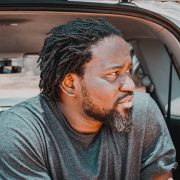 PIN IT
PIN ITSamuel Phillips is a writer, graphic designer, photographer, songwriter, singer and a lover of God. As an Afrikan content creator, he is passionate about creating a better image and positive narrative about Afrika and Afrikans. He is a true Afrikan who believes that the true potential of Afrika and Afrikans can manifest through God and accurate collaborations between Afrikans. Afrika is the land of kings, emperors, original wisdom, ancient civilizations, great men and women and not some road-side-aid-begging poor third world continent that the world finds joy in undermining.








